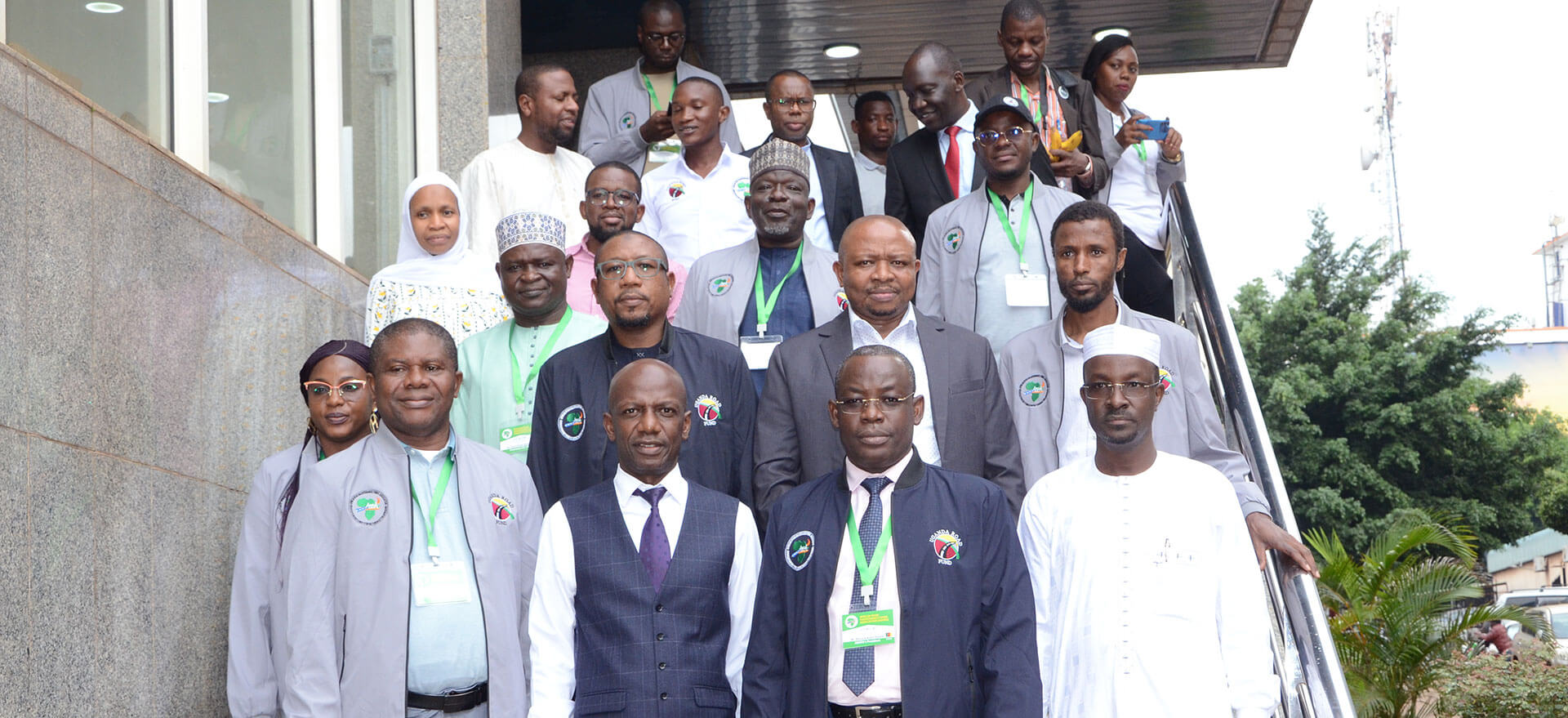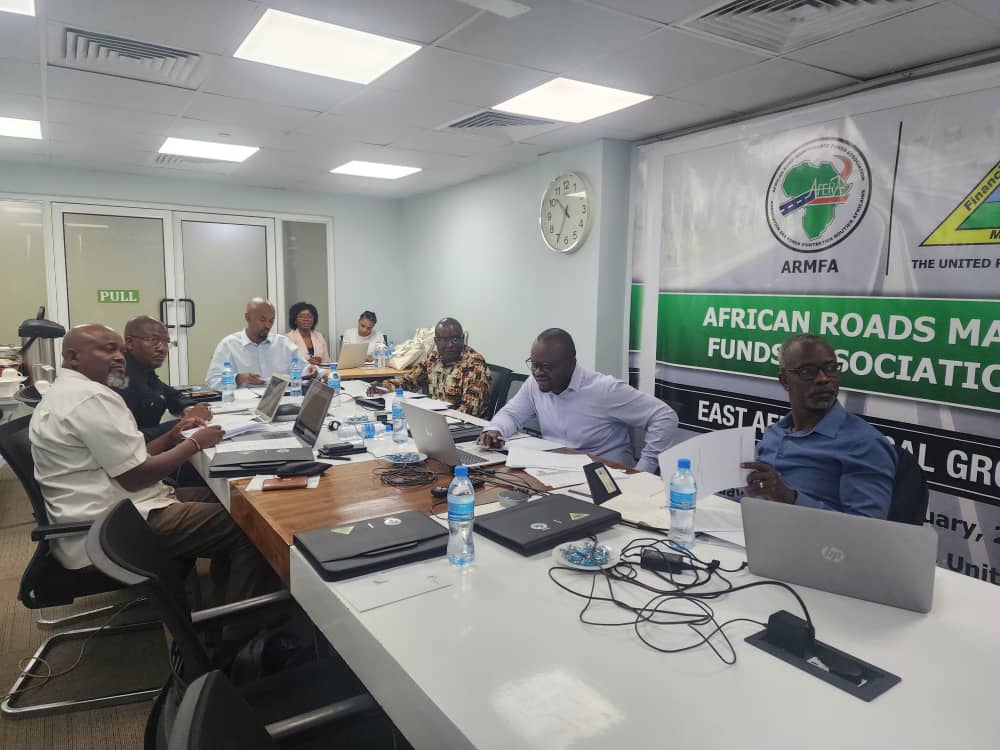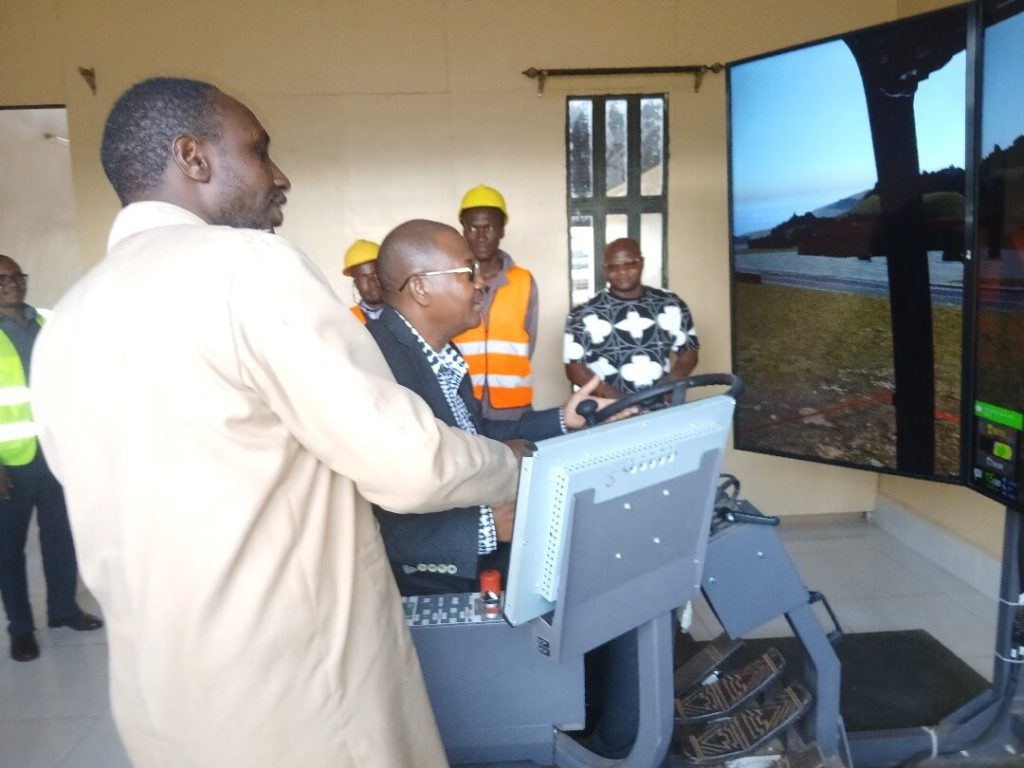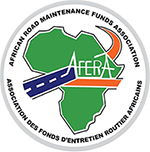Coordinated, committed, and engaging leadership is vital throughout the planning and execution process.

Execution Guidelines
Value is not created through strategic planning alone but through successful strategy execution. ARMFA recognizes that implementation is where true transformation occurs. The foundation for successful strategy execution is based on the MERIL-DE Model (Olivier, 2017), a conceptual framework designed to improve execution effectiveness in the public sector.
Depicted as a dynamic engine of interlocking gears, this model integrates nine critical components necessary for successful strategy execution:
Nine Components of the MERIL-DE Model
-
Leadership
-
Strategic Planning Excellence
A high-quality strategic plan is characterized by:
- Focus and integration
- Balanced and action-oriented objectives
- SMART goals linked to detailed initiatives
- Dynamic scorecards that are reviewed and updated regularly
- Alignment with related strategic frameworks
- Cascading to units and annual plans as needed
-
Project Management
Execution takes place through well-defined strategic initiatives (programmes and projects), which require:
- Professional project management methodologies
- Skilled resources
- Robust tools and techniques
-
Organizational Alignment
Ensuring the strategic plan is aligned with institutional elements such as:
- Staff capabilities
- Organizational structure and culture
- Business processes
- Technology
- Funding and resource allocations
-
Performance Management System (MERIL)
A structured performance cycle that includes:
o Measure: Tracking initiative and strategic objective progress, including risk assessments- Evaluate: Synthesizing data through dialogue and analysis
- Report: Communicating deviations and improvement actions across all levels
- Improve: Implementing approved corrections and enhancements to plans and processes
- Learn: Institutionalizing knowledge-sharing, continuous learning, and best practices
-
Drive
Sustained internal motivation of individuals, teams, Committees, and Focal Groups—nurtured by strong leadership and ownership.
-
Engagement
Actively involving all human resources through open dialogue and transparent communication throughout the strategy journey.
-
Risk Management
Proactively identifying and addressing internal and external risks. This process must be formalized and integrated into the MERIL cycle and the broader strategy execution framework.
-
Stakeholder Management
Maintaining strong collaboration, management, and communication with stakeholders across all levels to ensure alignment and support.
From Planning to Agile Execution
The traditional “plan and execute” approach is no longer sufficient. Today’s environment—marked by rapid and unpredictable change—requires a shift toward agile sensing and responsive systems.
ARMFA recognizes that:
- The future is uncertain, and planning must be flexible and adaptive.
- Strategic planning must evolve into agile planning, incorporating tools and frameworks designed to respond to change effectively.
- ICT systems must deliver high-quality data and statistics to support decision-making.
- Strategic dialogue must be prioritized, with time and effort invested in meaningful engagement.
- Resources and funding must be allocated flexibly to seize emerging opportunities.


The Role of Leadership and Learning
Effective execution demands engaging leadership that includes and empowers all members and stakeholders. By fostering social learning, ARMFA’s strategy becomes a living document—blending both deliberate actions and emergent opportunities for continuous refinement.
